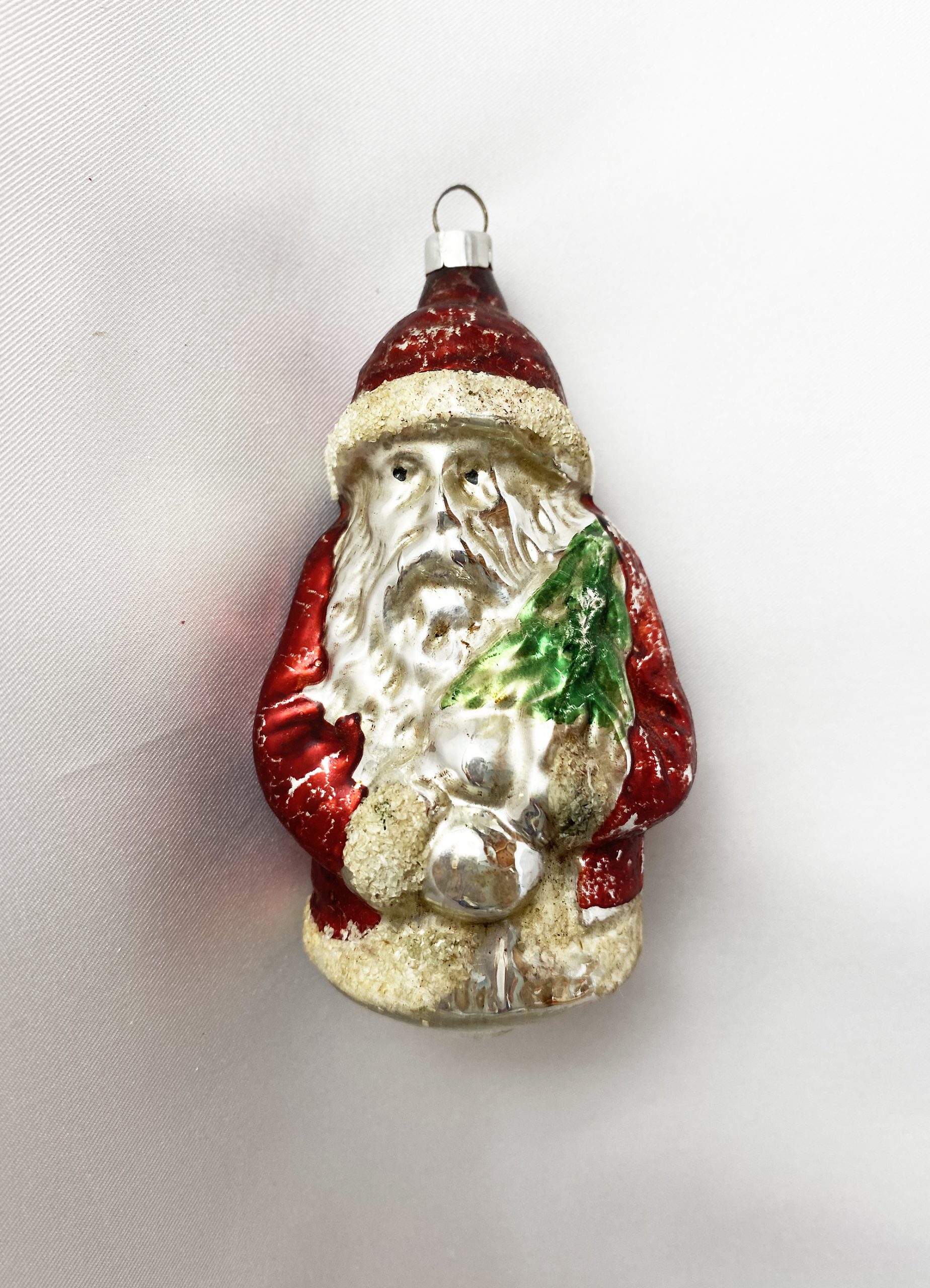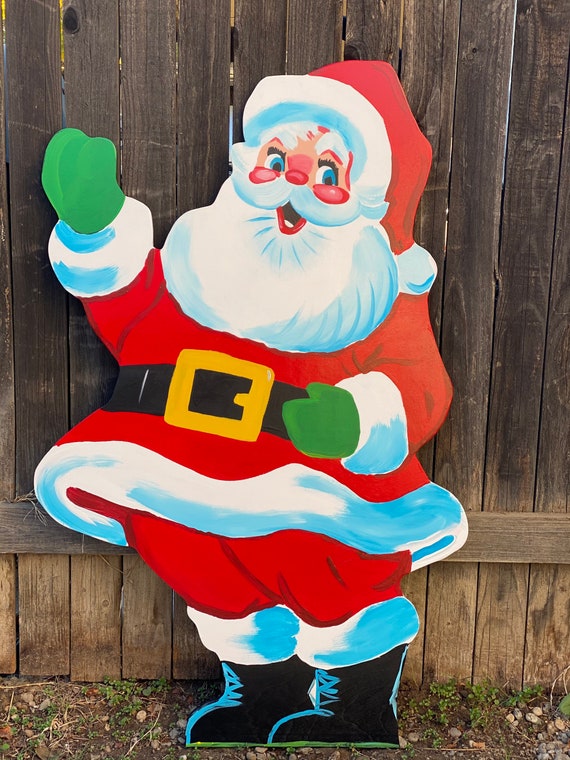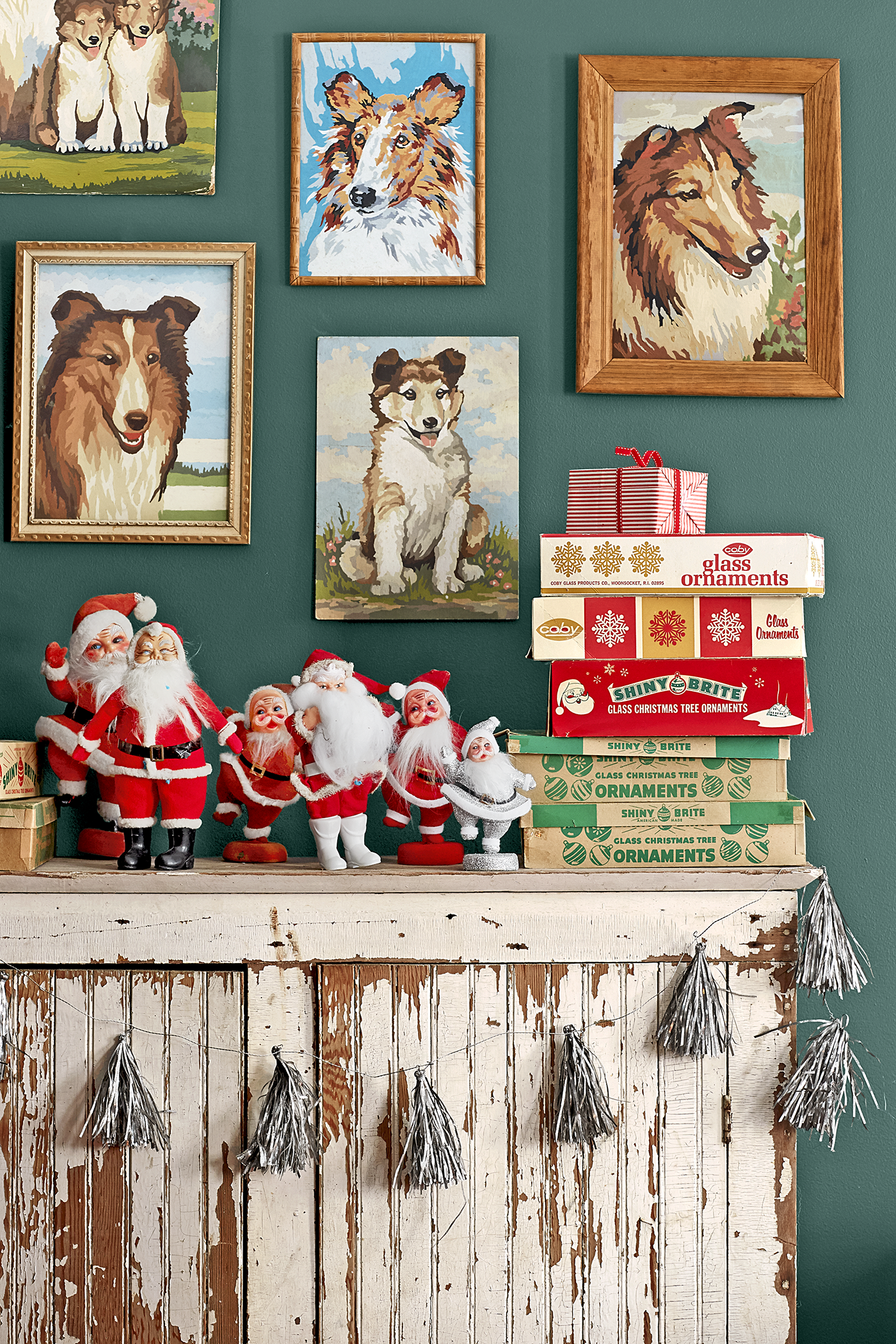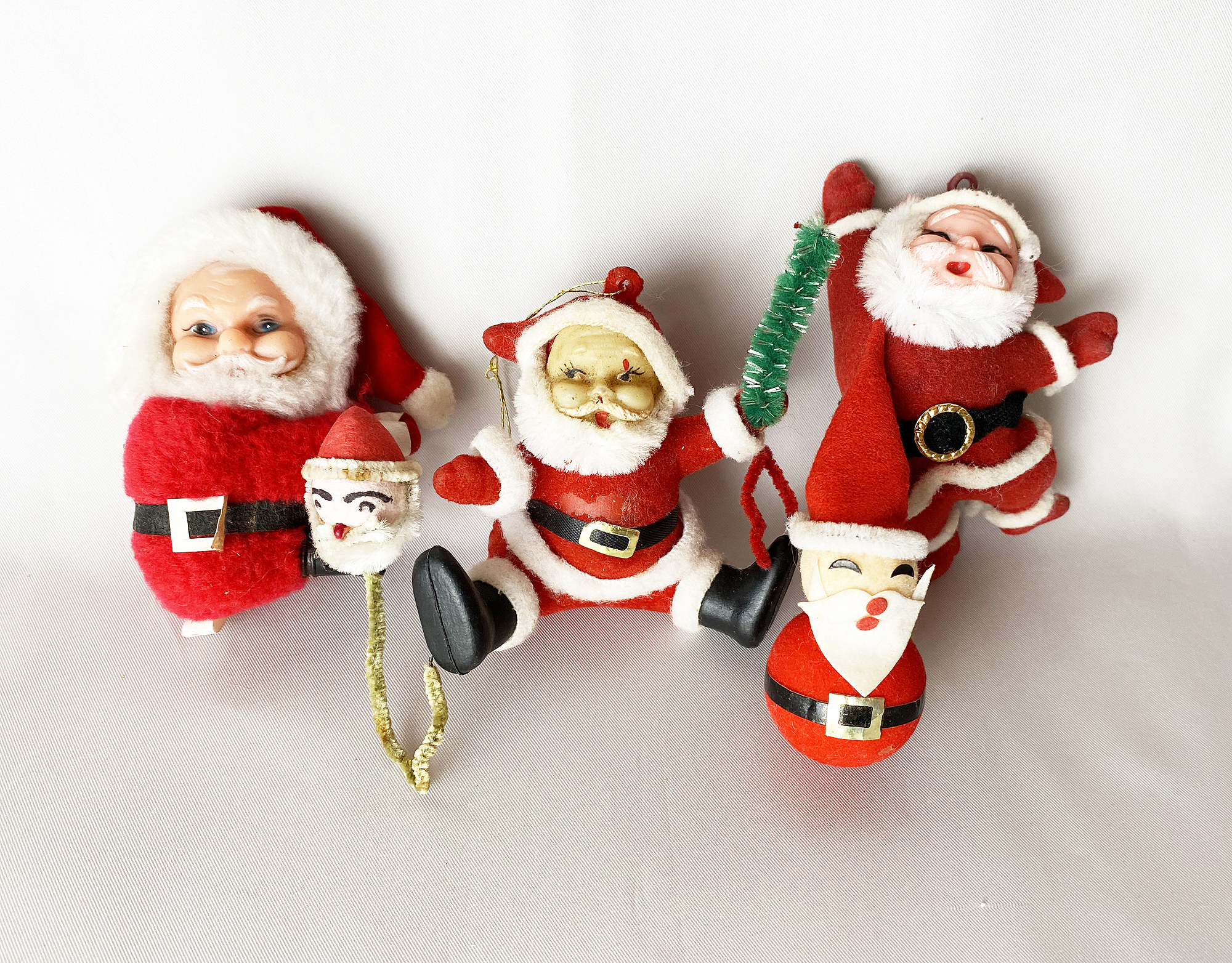When the holidays roll around, the warmth and cheer of Christmas fill our homes. Among the most heartwarming aspects of festive decor are antique Santa decorations, which carry with them a sense of nostalgia and tradition. In this article, we’ll take a deep dive into the enchanting world of antique Santa decorations, exploring their history, styles, and how you can incorporate them into your holiday celebrations.
The History of Santa Claus Decorations
The tradition of decorating with Santa Claus figures dates back several centuries. Originally, Santa, influenced by St. Nicholas of the 4th century, was more of a solemn figure. It wasn’t until the 19th century that he transformed into the jolly character we recognize today.
The Evolution of Santa Claus
As Santa’s image evolved, so did the decorations associated with him. Early representations were often simple and handcrafted. By the late 1800s, the commercial production of Santa Claus decorations began, marking a significant shift in how we celebrate Christmas.
Key Milestones in Santa Decoration History
- 1823: The poem “A Visit from St. Nicholas” describes Santa’s characteristics.
- 1863: Thomas Nast began illustrating Santa Claus for Harper’s Weekly.
- 1900s: Mass production of Santa figurines started in Germany and the USA.
Types of Antique Santa Decorations
Antique Santa decorations come in various styles and materials. Here are the most popular types you might encounter:
1. Paper Mache Santa
These are lightweight and often very colorful. They were prominently produced during the late 1800s and early 1900s.

2. Composition Santas
Made from a mix of materials, including wood pulp, these figures became popular in the 1930s and 1940s. They’re known for their vibrant colors and durable nature.
3. Plush Santa Figures
Soft toy Santas have been a favorite for children. The plush materials give them a friendly appearance, making them perfect for family settings.

4. Glass Santa Ornaments
These delicate ornaments are often hand-blown and come with intricate designs. They add a touch of elegance to any Christmas tree.
How to Identify Genuine Antique Santa Decorations
When collecting antique Santas, it’s essential to know how to identify authentic pieces. Here are some tips:
Look for Hallmarks
Many antique Santas have markings or stamps indicating their maker, age, and origin. Common brands include:
| Brand | Era | Notes |
|---|---|---|
| FolkArt | Late 1800s | Handcrafted, often unique designs. |
| Germany | 1900s | Known for quality craftsmanship. |
| Holt Howard | 1950s | Popular for whimsical designs. |
Examine the Materials
True antiques are often made from materials like paper mache, composition, or heavy glass, while modern replicas might use plastic or other synthetic materials.
Check for Wear and Age
Genuine antiques will show signs of age, such as fading, cracks, or minor chips, further proving their authenticity.
How to Incorporate Antique Santa Decorations into Your Holiday Decor
Once you’ve acquired some beautiful antique Santa pieces, the next step is showcasing them in your home. Here are some creative ideas:

1. Create a Dedicated Display
Choose a special shelf, mantel, or table to create a dedicated Santa display. Group similar styles together for visual impact.
2. Pair with Modern Decor
Mixing antique and contemporary decorations can create an eclectic look that feels cozy and inviting.

3. Use in Holiday Centerpieces
Incorporate smaller antique Santas into your dinner table centerpieces. They can add charm and serve as conversation starters!
4. Vintage Christmas Tree Ornaments
Hang antique glass Santa ornaments on your tree. Their unique beauty will enhance your holiday spirit.

Buying Antique Santa Decorations: Tips and Considerations
When you’re ready to purchase antique Santa decorations, keep these tips in mind:
Choosing the Right Vendors
Opt for reputable antique shops, estate sales, and online marketplaces specializing in vintage items.
Pros and Cons of Different Buying Platforms
| Buying Platform | Pros | Cons |
|---|---|---|
| Antique Shops | In-person inspection, knowledgeable staff. | Higher prices, limited selection. |
| Online Marketplaces | Wide variety, competitive pricing. | Risk of misrepresentation, shipping costs. |
| Estate Sales | Unique finds, often at lower prices. | Limited time, no returns. |
Assessing Value
Research similar pieces to gauge fair pricing. Websites like WorthPoint and antique appraisal services can provide valuable insights.
Taking Care of Antique Santa Decorations
To maintain the beauty and integrity of your antique Santas, proper care is crucial.
Cleaning Tips
Use a soft, dry cloth to dust your decorations. Avoid harsh chemicals that could damage the finish.
Storage Recommendations
Store your antique decorations in a cool, dry place, ideally in padded boxes to prevent damage during the offseason.
FAQs About Antique Santa Decorations
What is the most valuable antique Santa decoration?
The value of an antique Santa decoration can vary greatly based on its rarity, condition, and demand. Early paper mache or vintage glass ornaments often fetch high prices at auctions.
How do I spot a reproduction Santa decoration?
Look for modern materials like plastic, examine the craftsmanship, and check for any identifying marks of newer productions.
Can I use antique decorations outdoors?
It’s best to keep antique decorations indoors to protect them from the elements. However, if you choose to display them outside, ensure they are well-protected from moisture and sunlight.
Where can I find antique Santa decorations?
Local antique shops, online auction sites, estate sales, and flea markets are great places to find unique vintage Santa decorations.
Conclusion
Antique Santa decorations embody the spirit of Christmas, linking us to generations past. Whether you’re a seasoned collector or just beginning to explore the world of vintage holiday decor, these charming figures can add warmth and character to your festive celebrations. Take the time to explore, learn, and appreciate the history behind each piece, and you’ll find that antique Santas are not just decorations, but a celebration of tradition and nostalgia.